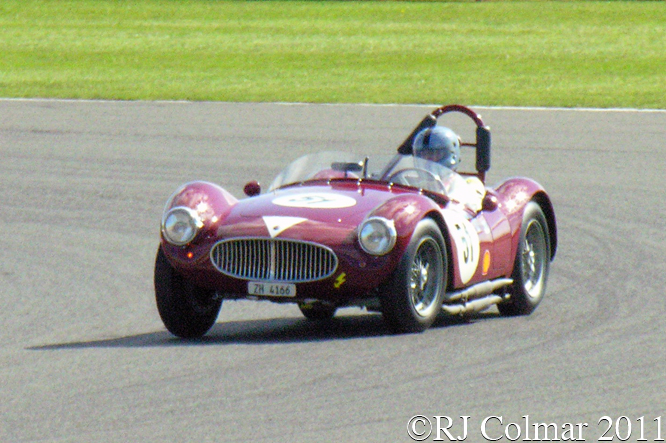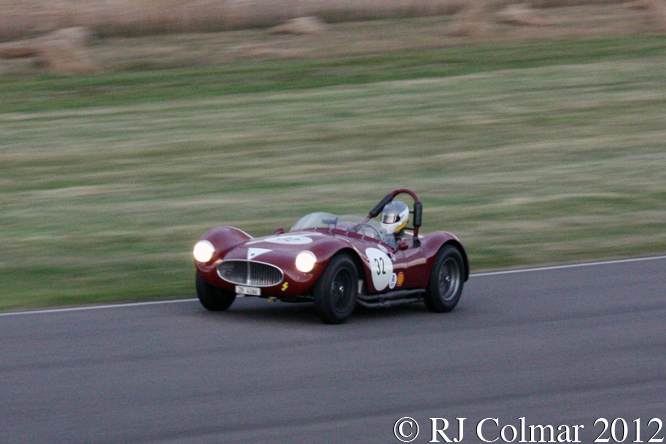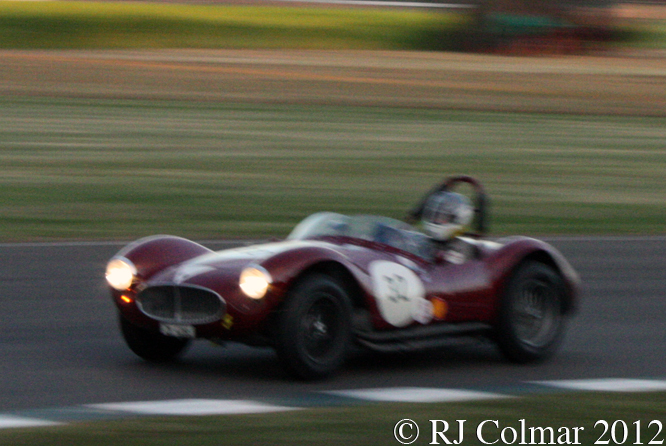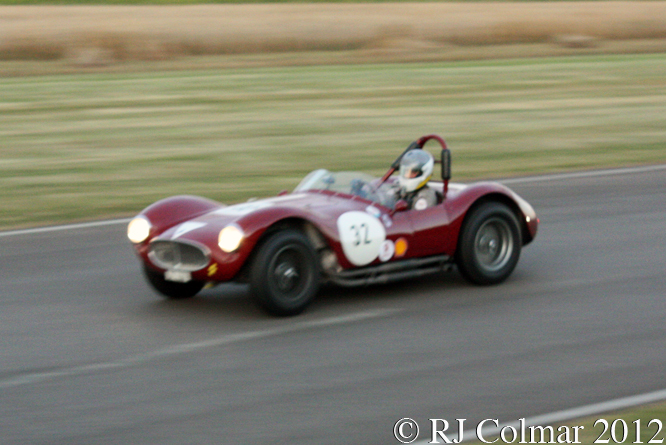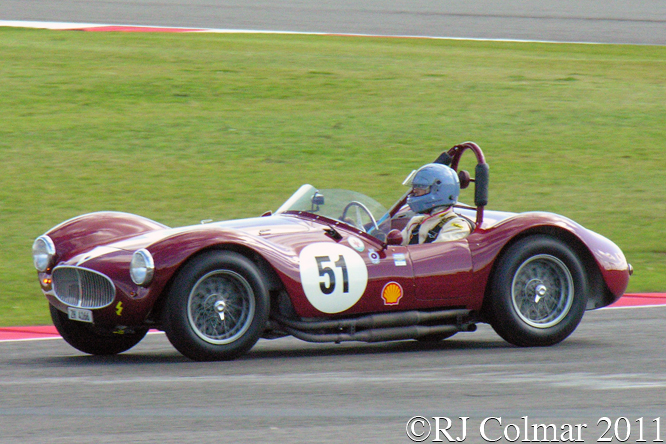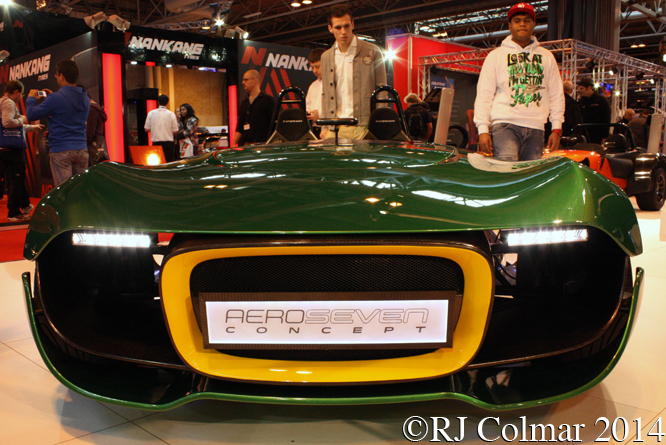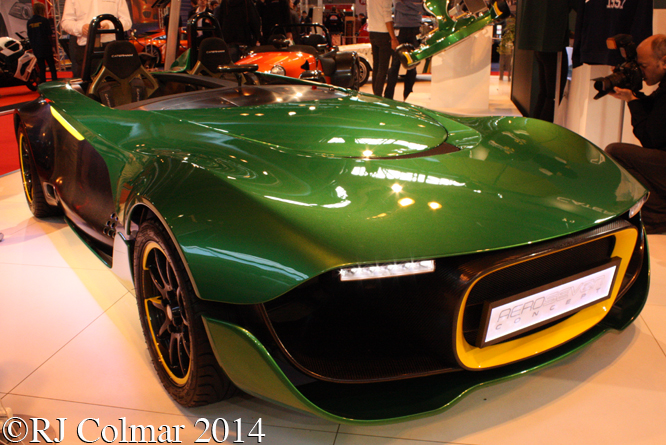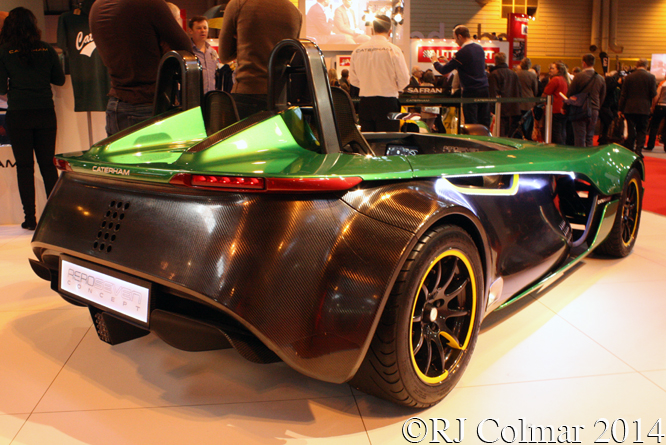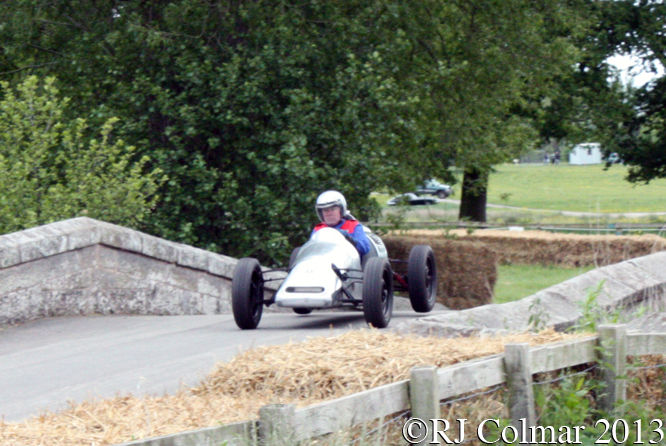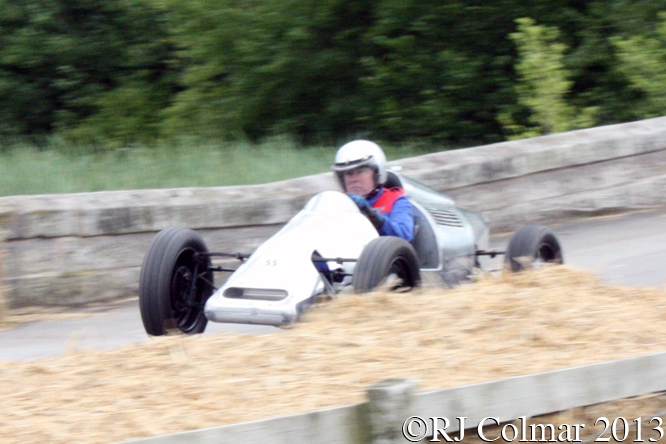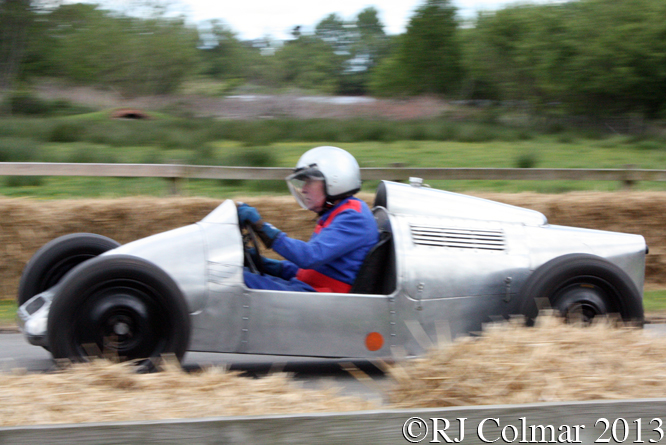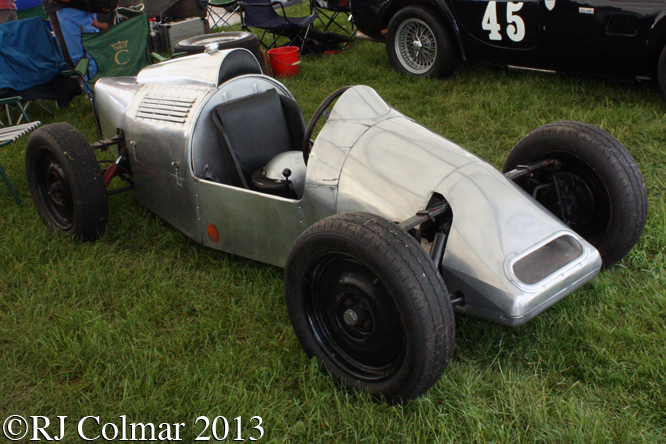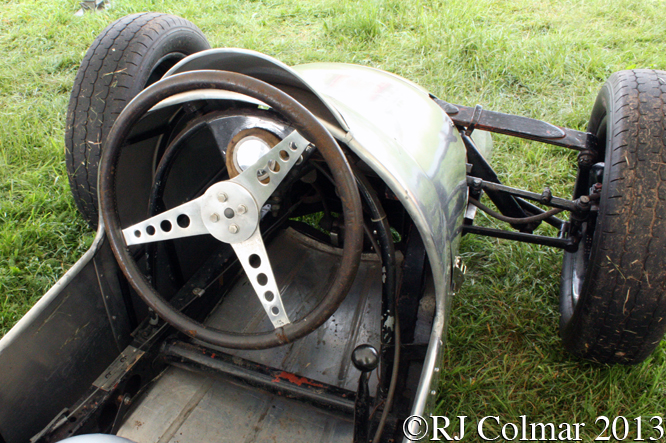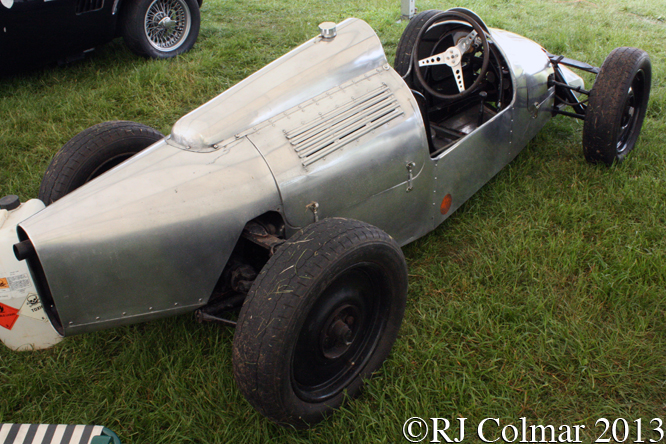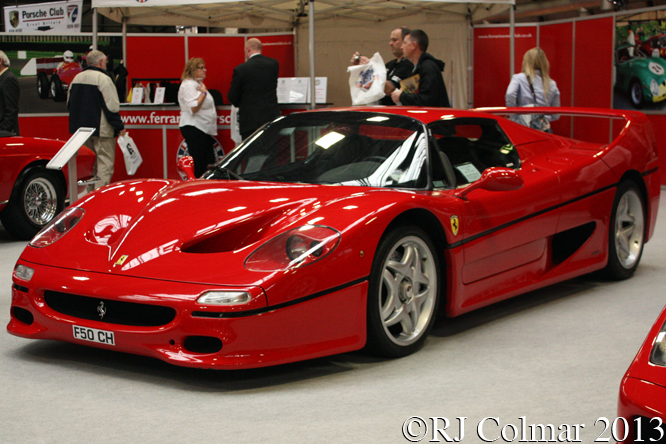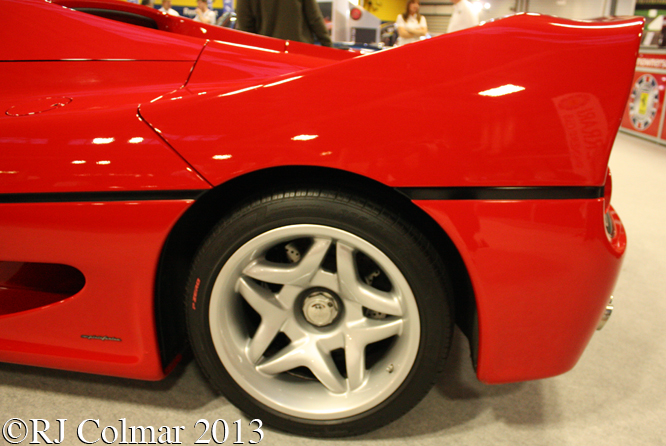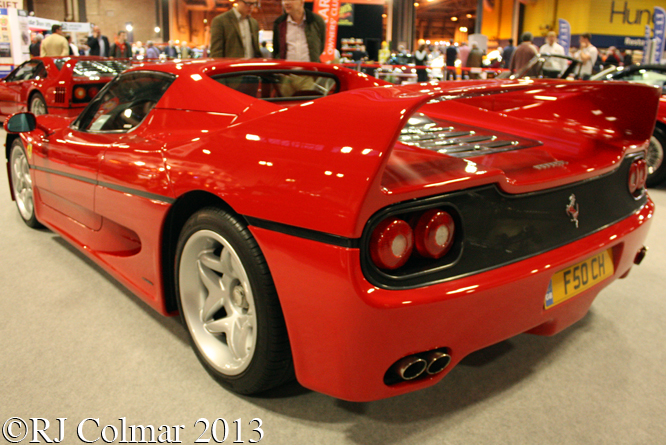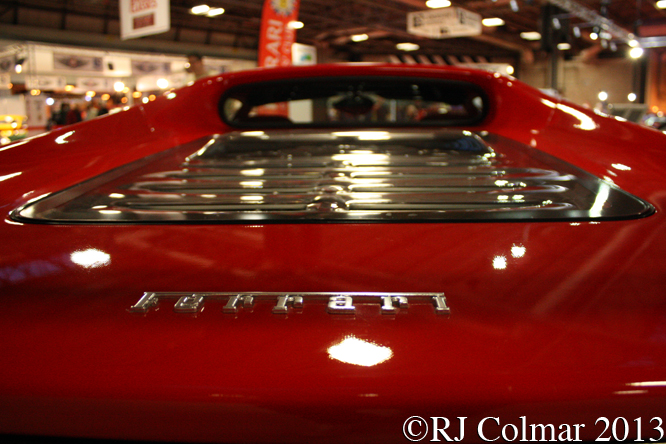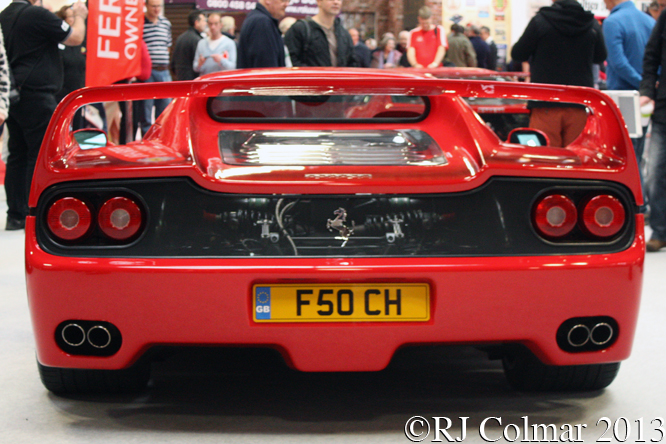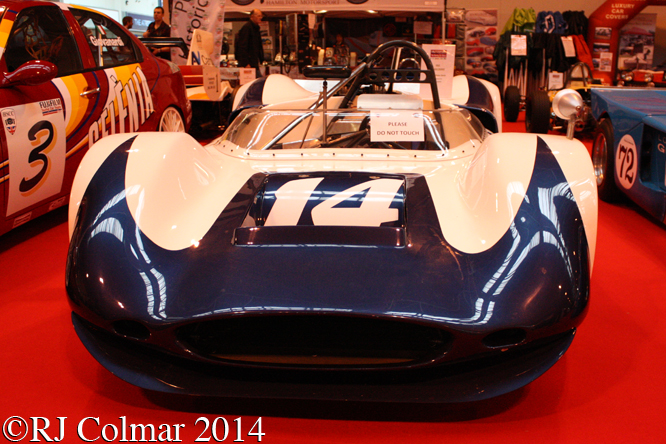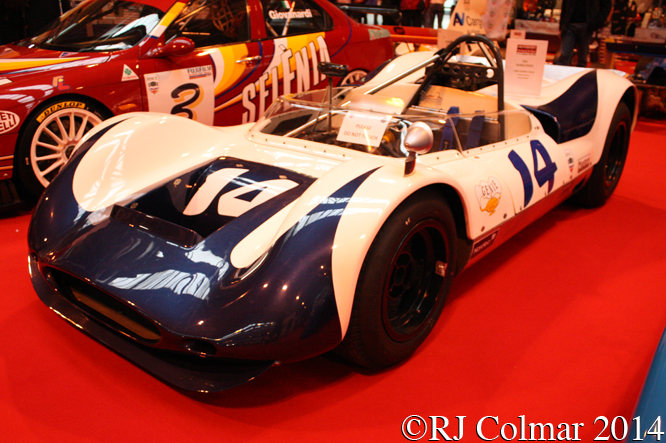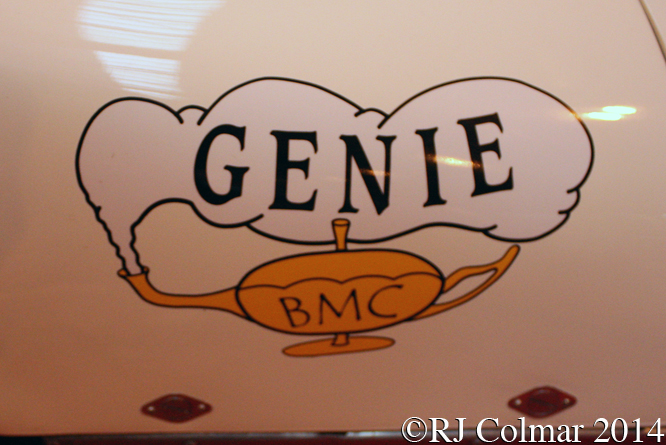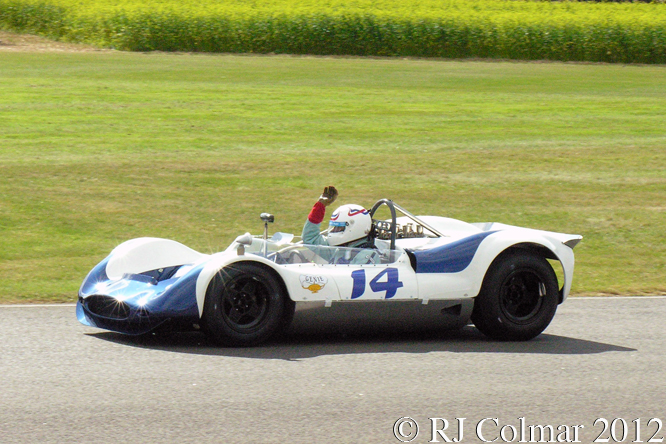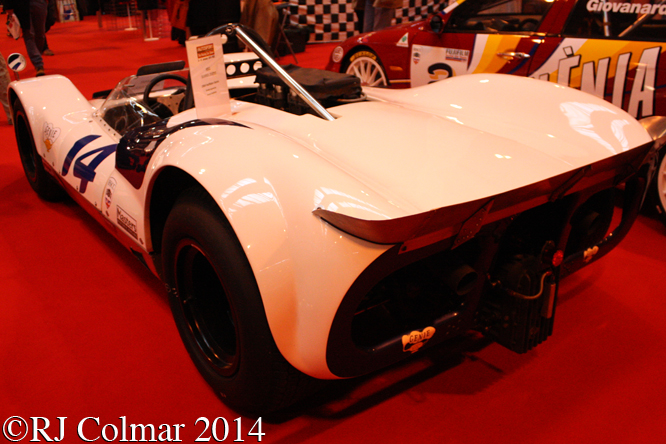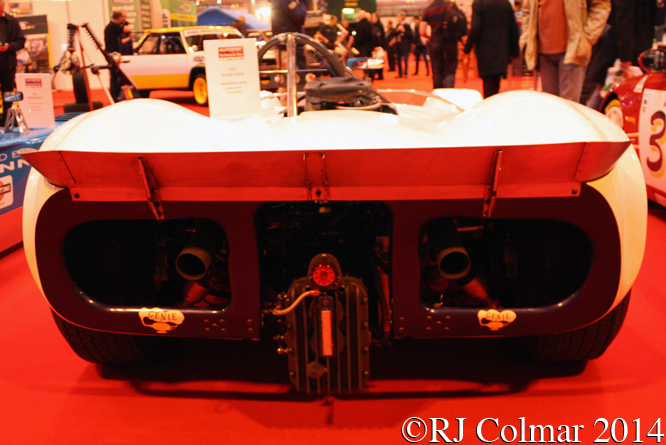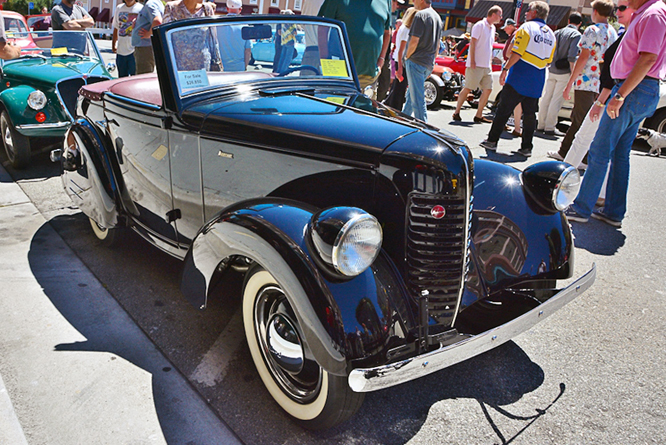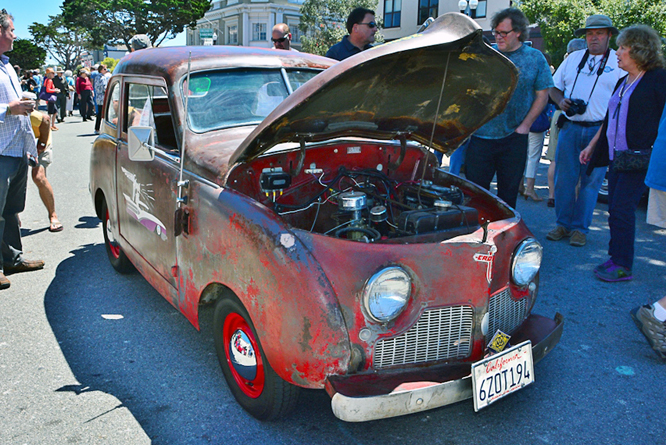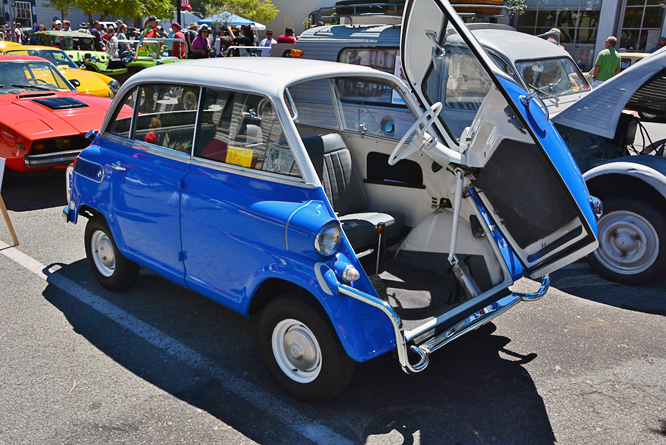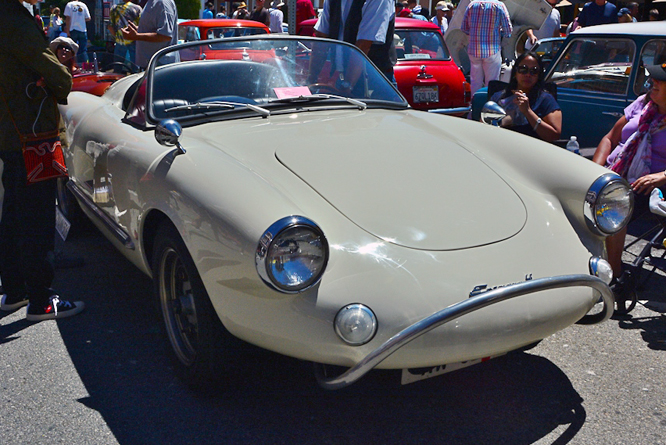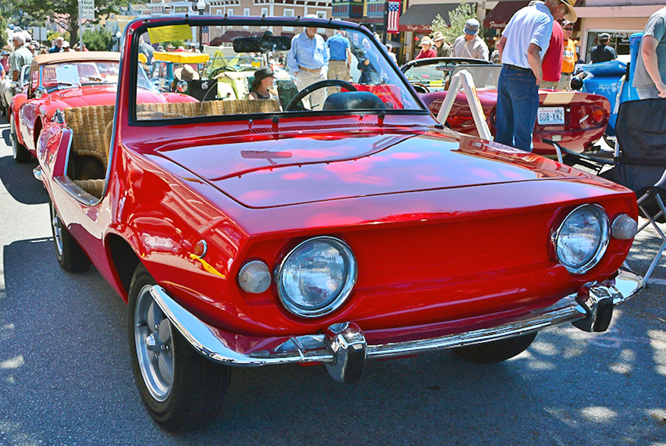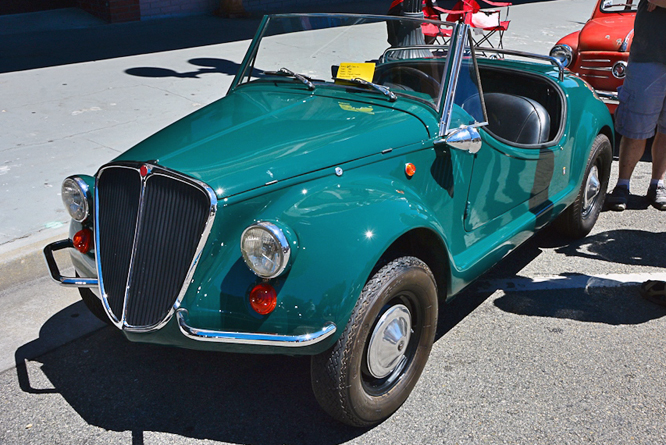The 1923 French Grand Prix at Tours is usually remembered as the occaison on which a rare British 1-2 victory was recorded for the manufacturer Sunbeam for whom Sir Henry O’Neil de Hane Segrave was at the wheel of the winning car.
The race should also be remembered for two of the strangest designs ever to take part in Grand Prix racing namely the Type 32 Bugatti featured today and the even more outlandish Voisin Laboratoire.
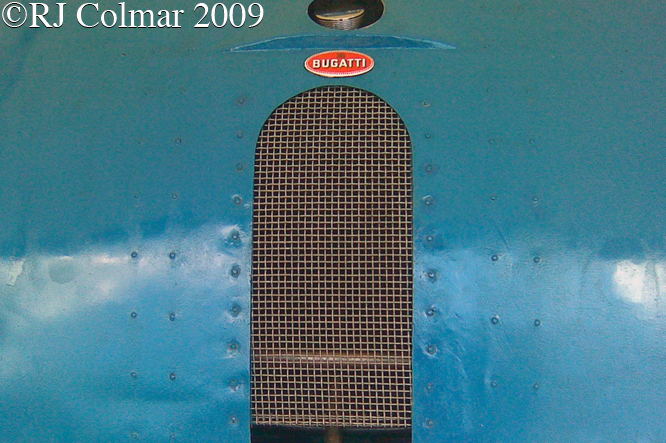
The streamlined bodywork of the Type 32 had one major draw back, it created lift which made the short wheel based 2 litre / 122 cui 8 cylinder car exceptionally difficult to handle in the corners.
Bugatti took five Type 32 cars to the 1923 French Grand Prix Ernest Freidrich scored the teams best result 3rd behind Seagrave and Albert Divo in the second Sunbeam, André Lefebvre was the first Voisin home in fifth place behind Kenelm Lee Guinness in a third Sunbeam.
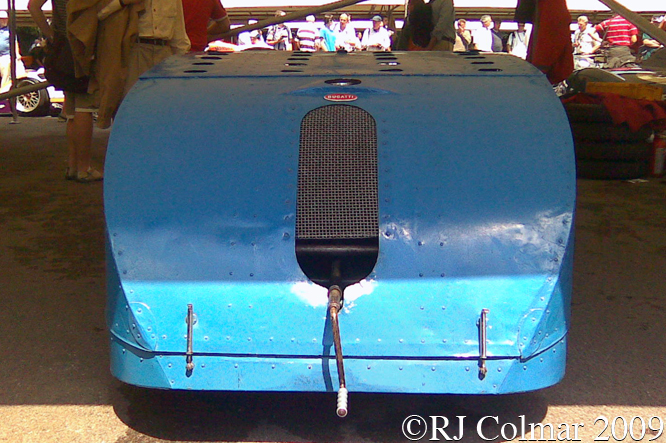
The Musée de l’Auto which own’s today’s featured car seen at Goodwood Festival of speed believe they own chassis #4057 which was driven Pierre Marco and retired on the fourth laps of the 1923 French Grand Prix with engine problems.
However Bugatti expert Pierre Dumont is convinced this car is actually #4061 which is considered to be the original prototype taken along as a spare to the 1923 French Grand Prix. Spaniard Pierre de Vizcaya took over #4061 for the race after crashing his designated car #4058 during practice.
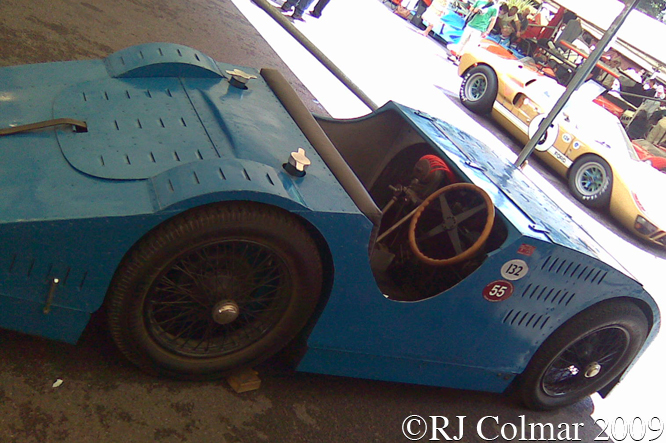
The unfortunate Pierre proceeded to crash #4061 on the opening lap of the 1923 French Grand Prix. Bugatti never officially raced the type 32 again, but it is believed that after being sold #4061 was driven by Pierre to a speed record at Arpajon in 1924.
Thanks for joining me on this “Aerodynamic Lift” edition of “Gettin’ a li’l psycho on tyres” I hope you will join me again tomorrow when I’ll be visiting Brighton Speed Trials. Don’t forget to come back now !


